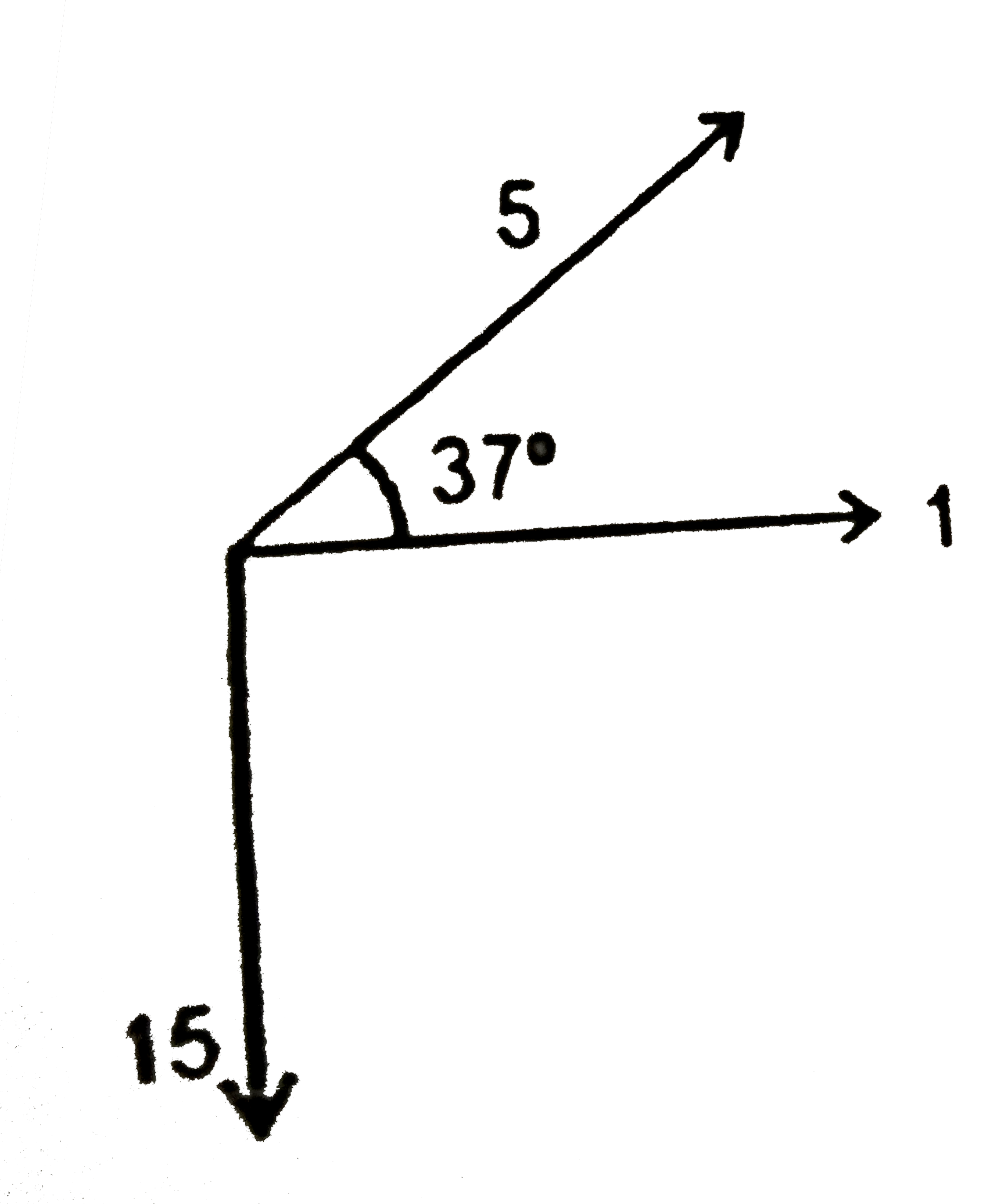A
B
C
D
Text Solution
Verified by Experts
The correct Answer is:
Topper's Solved these Questions
DAILY PRACTICE PROBLEMS
RESONANCE|Exercise DPP 77|8 VideosDAILY PRACTICE PROBLEMS
RESONANCE|Exercise dpp 78|3 VideosDAILY PRACTICE PROBLEMS
RESONANCE|Exercise dpp 75|5 VideosCURRENT ELECTRICITY
RESONANCE|Exercise Exercise|54 VideosELASTICITY AND VISCOCITY
RESONANCE|Exercise Advanced Level Problems|9 Videos
Similar Questions
Explore conceptually related problems
RESONANCE-DAILY PRACTICE PROBLEMS-dpp 76
- The resultant amplitude due to super position of x(1)=sin omegat, x(2)...
Text Solution
|
- A 20gm particle is subjected to two simple harmonic motions x(1)=2 s...
Text Solution
|
- A particle moves in xy plane accordin to the law x=a sin w t and y=a (...
Text Solution
|
- Out of the statements given, which is // are correct ?
Text Solution
|
- If the acceleration of the block B in the following system is a ( in m...
Text Solution
|
